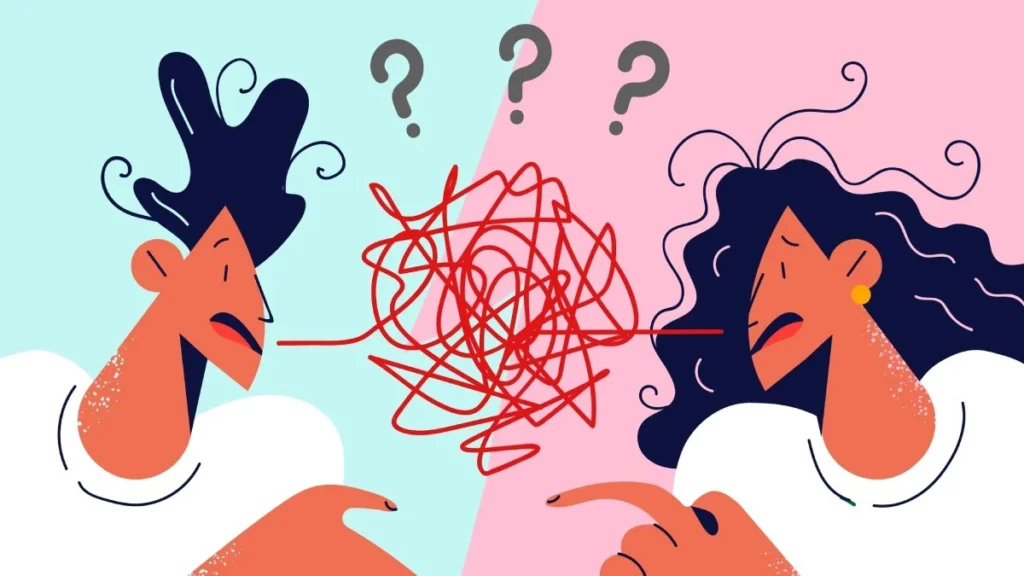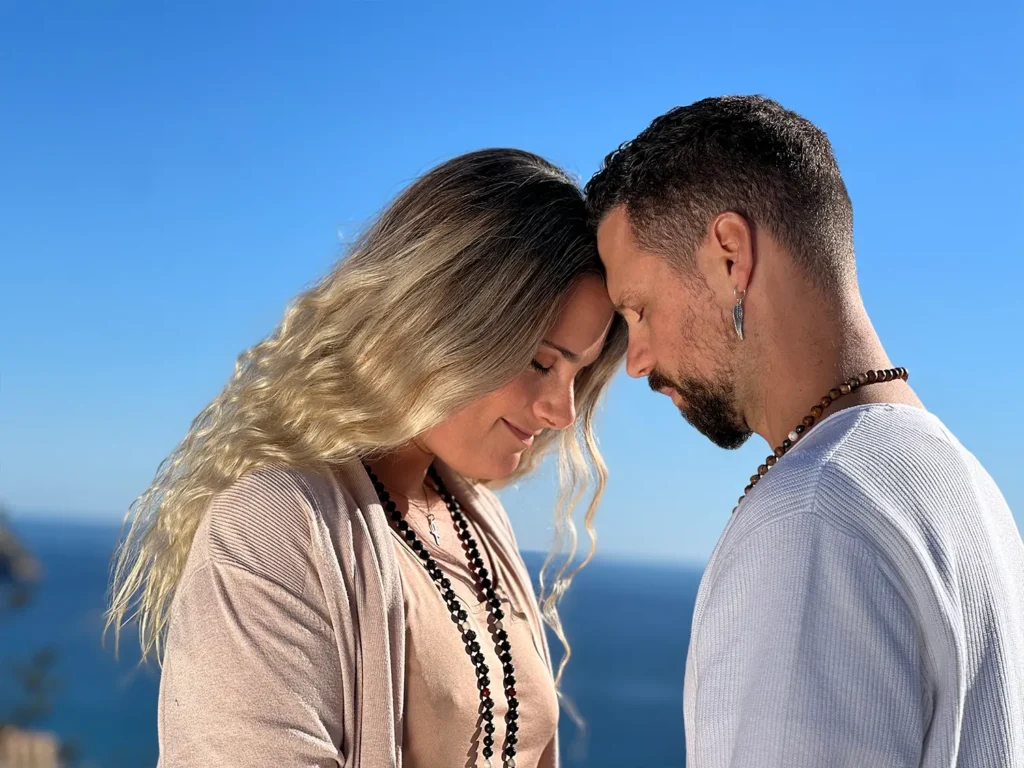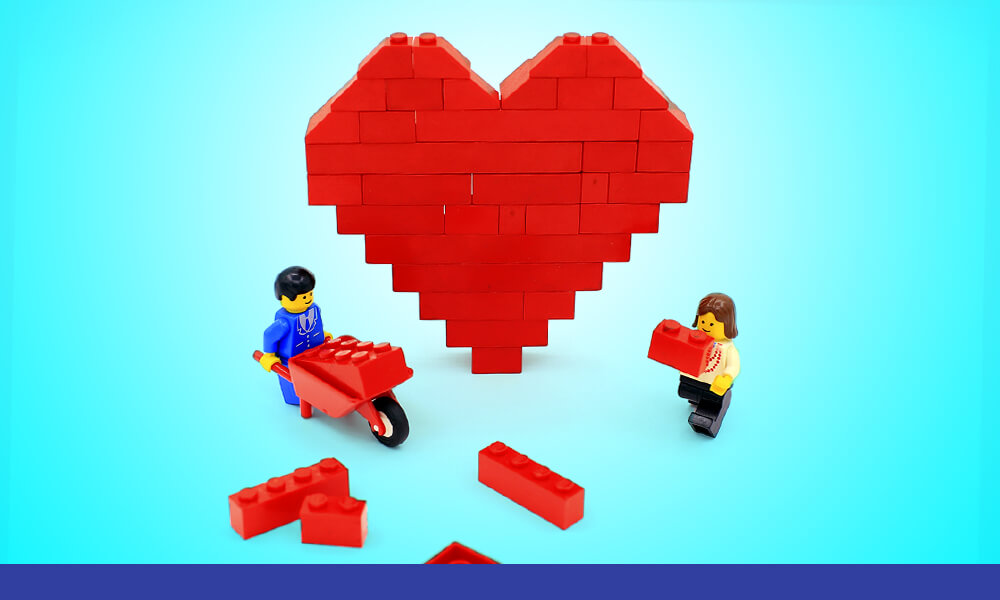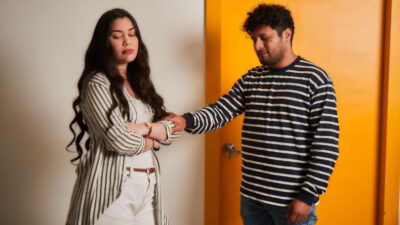
In today’s fast-paced world, relationships can often feel overwhelming and draining. Many people find themselves caught in the conflict between relationships that drain energy and those that uplift and nurture growth. Are you struggling with partners, friends, or even family members whose interactions leave you feeling emotionally exhausted? This article explores seven key differences between toxic and healing relationships, supported by recent research and real-life examples. Discover practical strategies to transition from harmful dynamics to supportive, vibrant connections. Read on to learn how to reclaim your energy, well-being, and happiness by cultivating healthier relationships.
Recognizing Toxic Behaviors in Relationships
Toxic behaviors in relationships often begin subtly, slowly undermining your self-esteem and sense of worth. Many people experience manipulation, a lack of empathy, or constant criticism from partners or friends, which can eventually escalate into emotional abuse. Recognizing these behaviors early on can protect you from deeper emotional harm and lay the foundation for healthier connections.
A common sign of toxicity is an unwillingness to communicate effectively. When issues are swept under the rug or met with hostility rather than constructive dialogue, you may feel trapped in a cycle of blame and resentment. These dynamics often manifest through controlling tendencies, where one party dictates terms or continuously dismisses the other’s opinions. Such imbalances of power and persistent negativity are clear red flags that it’s time to re-evaluate your role and value in the relationship.
Moreover, toxic relationships typically involve chronic stress and emotional fatigue, where attempts to express concerns are met with indifference or even punitive responses. Over time, this pattern creates an environment that can lead to serious mental and physical health issues. For instance, ongoing stress may cause sleep disturbances and anxiety disorders, further intensifying feelings of isolation and despair. Building awareness and seeking professional guidance are crucial steps when these patterns emerge in your relationships.
Understanding the Nature of Healing Relationships
In stark contrast to toxic relationships, healing relationships serve as sanctuaries built on mutual respect, trust, and empathy. These nurturing connections help restore emotional balance that might be depleted from past negative experiences. Healing relationships offer a space for vulnerability and honest communication, creating an environment where both individuals can learn and grow together. Empathy is not only present but actively practiced by both parties, enabling a smoother resolution of misunderstandings and conflicts.
A defining feature of a healing relationship is the ability to listen without judgment and provide supportive feedback during challenging times. Free from constant criticism, individuals feel empowered to pursue personal goals and engage in healthy self-care practices. It is important to remember that healing relationships do not erase past trauma overnight; instead, they create a framework for recovery and sustainable emotional well-being. Investing in relationships with a healing nature can boost your self-esteem and lead to a more balanced, fulfilling life.

Additionally, healing relationships respect personal boundaries and celebrate individuality. Unlike toxic interactions that diminish your sense of self, healing relationships acknowledge and value you for who you truly are. This recognition is essential in building emotional resilience and fostering empowerment, paving the way for profound personal growth and a more vibrant, enriched life.
The Impact of Toxic Relationships on Mental and Physical Health
The repercussions of toxic relationships go beyond emotional distress; they can significantly affect both mental and physical health. Research shows that chronic exposure to toxic dynamics elevates stress hormones, especially cortisol, disrupting vital body functions. This hormonal imbalance can lead to various health challenges, including sleep disturbances, anxiety, and even long-term cardiovascular issues. Recognizing physical signs of stress is as crucial as acknowledging the emotional toll of toxic relationships.
The link between toxic relationships and mental health challenges is well established. Victims frequently report feelings of depression, anxiety, and low self-worth that can linger long after the toxic relationship ends. The pervasive sense of isolation and negativity can also set the stage for severe psychological conditions, such as post-traumatic stress disorder (PTSD). It is essential for those experiencing such challenges to seek professional help to break the cycle and begin a path to healing.
Even subtle forms of manipulation or unspoken control can accumulate and impact mental health. Constantly second-guessing your perceptions or doubting your decisions creates fertile ground for prolonged stress responses. This persistent anxiety can impair cognitive functions, complicating decision-making and increasing vulnerability to additional stressors. Prioritizing your health means acknowledging these risks and taking proactive steps to create supportive, healing environments.
Cultivating Healthy Boundaries and Communication
Establishing healthy boundaries is a crucial step in shifting from toxic relationships to ones that heal. Healthy boundaries represent the cornerstone of self-respect in any relationship, offering a clear framework for communication and understanding. By setting and maintaining these limits, you empower yourself to say no when something feels wrong, significantly reducing the risk of manipulation or being overpowered.
Effective communication goes hand in hand with maintaining these boundaries. This means not only expressing your feelings honestly but also actively listening to the other person’s perspective. Open, honest discussions help de-escalate conflicts and foster mutual respect. By clearly stating your expectations and remaining judgment-free, you create a safe space for both parties to express themselves. This method is particularly beneficial when resolving issues that, if left unaddressed, might escalate into harmful behavior.

Redefining your personal boundaries can be a transformative experience, allowing you to reset and revalue your emotional needs while reinforcing mutual respect. Whether interacting with family, friends, or partners, clear boundaries help prevent resentment and sustain a balanced, supportive atmosphere. Remember, assertively communicating your limits is not only acceptable but essential for long-term well-being.
Techniques for Setting Boundaries
One effective strategy is to clearly define the behaviors you will no longer tolerate and communicate this assertively to the relevant person. Preparing your thoughts in advance can help you deliver your message calmly and confidently, minimizing misunderstandings.
Additionally, setting small, incremental goals when expressing your boundaries can build your confidence over time. Start with less emotionally charged situations and gradually address more significant issues. This step-by-step approach not only enhances communication skills but also bolsters self-esteem.
Bridging Communication with Empathy
Empathy in communication involves acknowledging the other person’s feelings while clearly stating your own needs. This balanced approach can transform potential conflicts into constructive dialogues.
Practicing techniques like reflective listening, where you paraphrase what the other person has said to ensure understanding, helps foster an environment where both sides feel heard and respected. This empathetic method is key to nurturing healthy interactions.
Strategies for Building Relationships That Heal

Transitioning from toxic relationships to building ones that heal requires intentionality, self-awareness, and a willingness to be vulnerable. The process begins with understanding your own triggers and recognizing patterns learned from previous relationships. Reflecting on past experiences through journaling or therapy can provide valuable insights into what you truly value in a connection, enabling you to build relationships based on trust and mutual support.
To nurture healing relationships, surround yourself with people who share your values and actively encourage your growth. Whether forming bonds with friends, family members, or romantic partners, focus on mutual empowerment and respect. Engage with those who value honest communication, exhibit emotional intelligence, and are willing to confront and work through challenges together. Healing relationships are built on a commitment to invest in each other’s well-being, creating a supportive environment that fosters personal and collective growth.
Adopting an optimistic, yet realistic outlook is also vital when shifting toward healthier relationship dynamics. This may involve seeking professional advice when necessary or engaging in community groups that emphasize relationship wellness. Small, consistent efforts—like practicing forgiveness towards yourself and others—help pave the way for lasting, fulfilling connections. Every step toward better understanding, healing, and effective communication contributes to a brighter, healthier future.
Practical Exercises for Relationship Healing
Participating in shared activities such as team sports, art classes, or volunteer work can naturally foster bonding, trust, and positive memories.
Regular ‘check-in’ sessions with loved ones, where you openly discuss feelings and personal goals, can deepen understanding and strengthen connections.
Utilizing Professional Resources
Therapy and counseling offer invaluable, structured support for navigating and mending troubled relationships. Professionals can guide you through evidence-based communication exercises and conflict resolution strategies.
Additionally, support groups provide a network of individuals who have faced similar challenges, offering empathy, shared experiences, and practical advice on building healthier relationship dynamics.

Content Additional
Expanding our discussion on relationship dynamics, it is important to consider how cultural and societal influences shape our understanding of toxic versus healing relationships. In today’s interconnected world, social media and cultural narratives can distort our view of interpersonal connections—often amplifying negative interactions and, at times, even glorifying unhealthy behaviors as signs of passion or intensity. By critically evaluating the information we consume and the standards we uphold, we can deconstruct harmful myths and set more realistic expectations for supportive relationships.
The role of self-care in maintaining balanced relationship dynamics cannot be overstated. Engaging in innovative self-care strategies—ranging from mindfulness practices to creative hobbies—provides a strong foundation for emotional wellness. Incorporating meditation, regular exercise, and reflective practices into your daily routine builds resilience against stress, whether it stems from toxic interactions or everyday challenges. As you focus on nourishing your inner self, you become more discerning about who and what deserves a place in your life.
Finally, community support systems are crucial in fostering healing relationships. Whether through local workshops, support groups, or online forums, sharing experiences and insights with others on a similar journey reinforces the importance of healthy interactions. These networks remind you that you are not alone in your struggles and encourage continuous personal growth. By expanding your support system and committing to self-improvement, you pave the way for establishing relationships that genuinely heal and uplift your life.
Navigating the spectrum between toxic and healing relationships is a journey of self-reflection, education, and proactive change. As outlined in this article, recognizing the warning signs of toxic relationships empowers you to set healthy boundaries and nurture relationships based on mutual respect and care. Conversely, fostering healing interactions can transform your emotional life and enhance every aspect of your well-being. Remember that every relationship has the potential to evolve; with the right tools and mindset, you can transform draining dynamics into supportive connections. Embrace change, invest in self-growth, and prioritize your well-being – because healthy relationships are the cornerstone of a fulfilling life.




